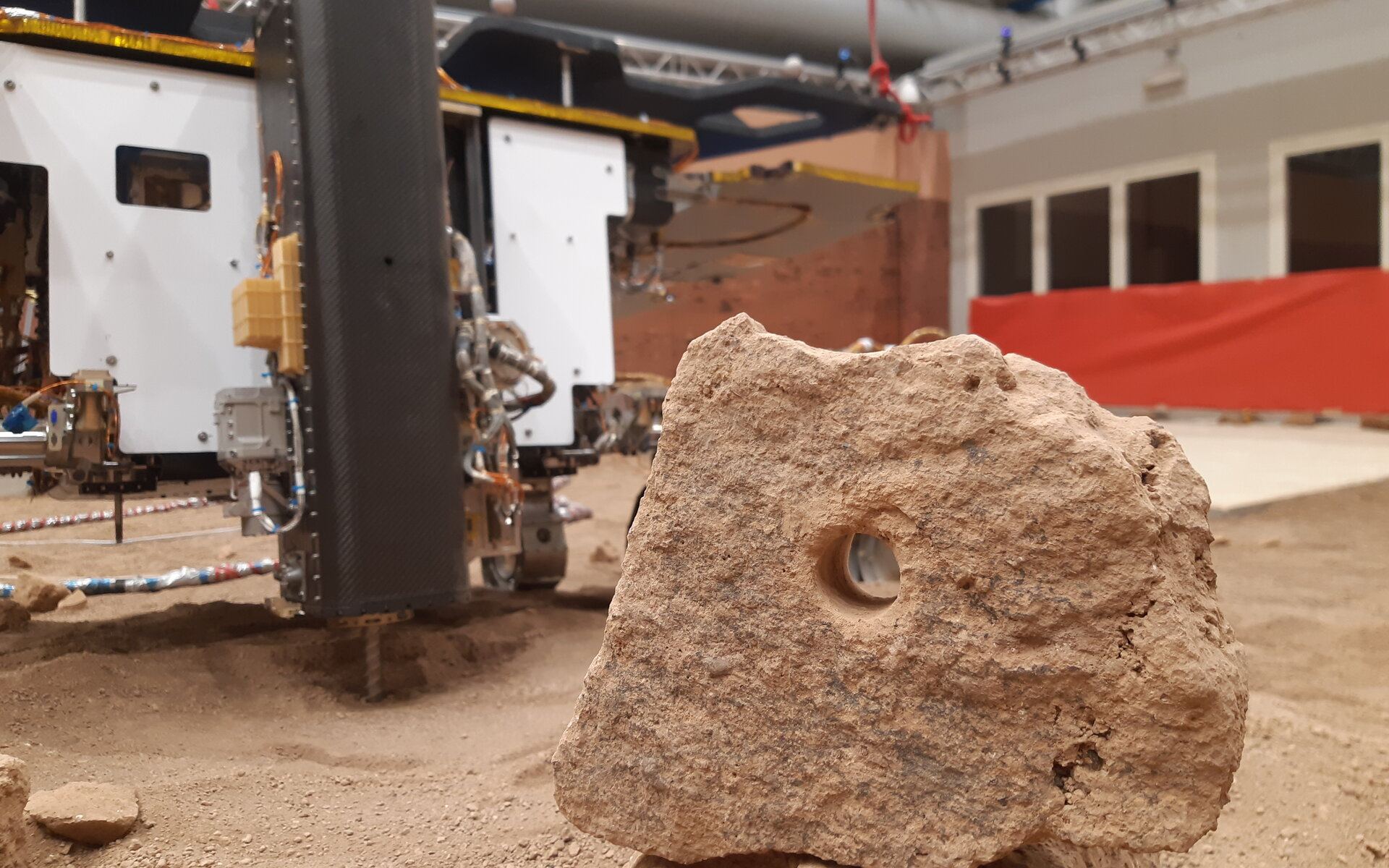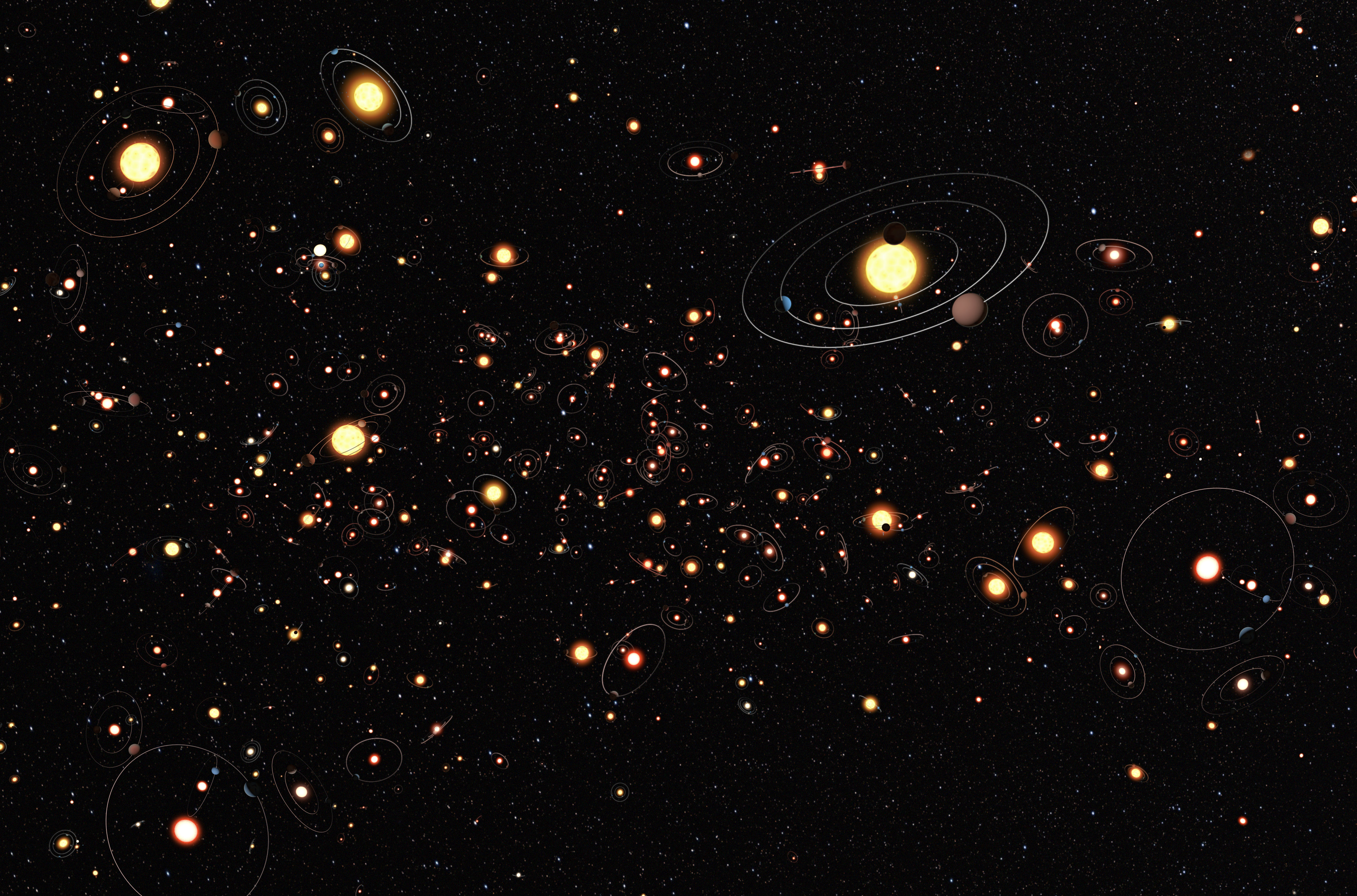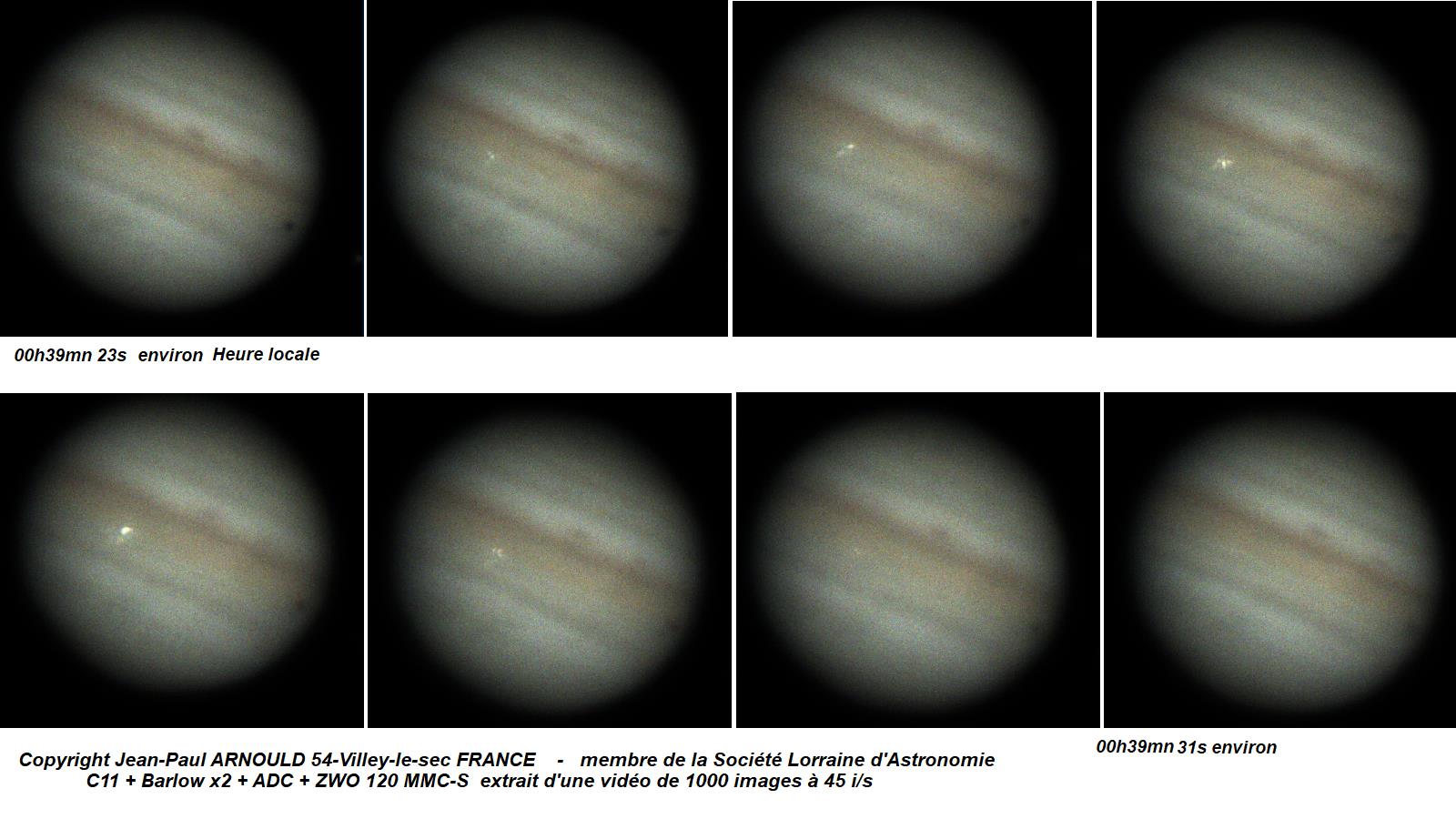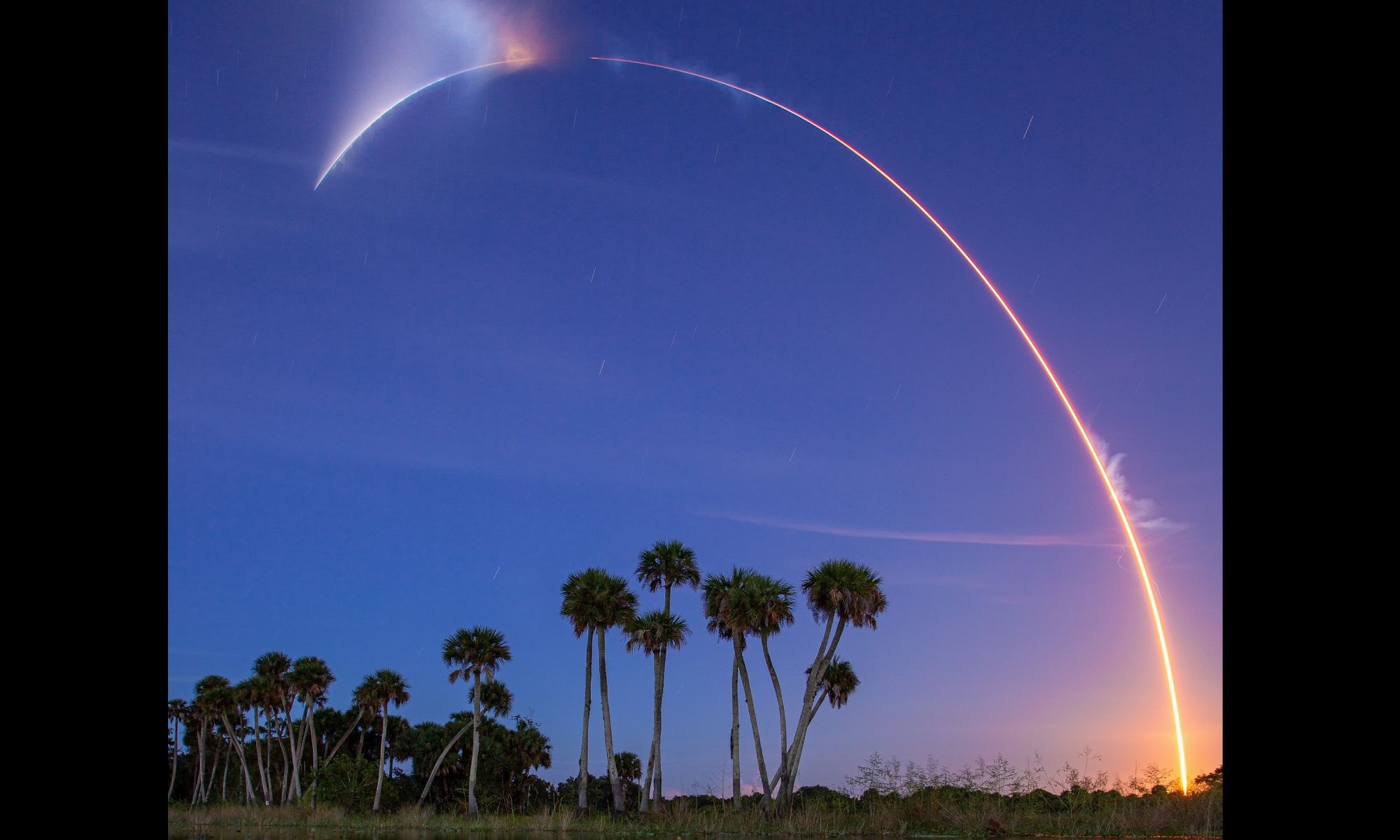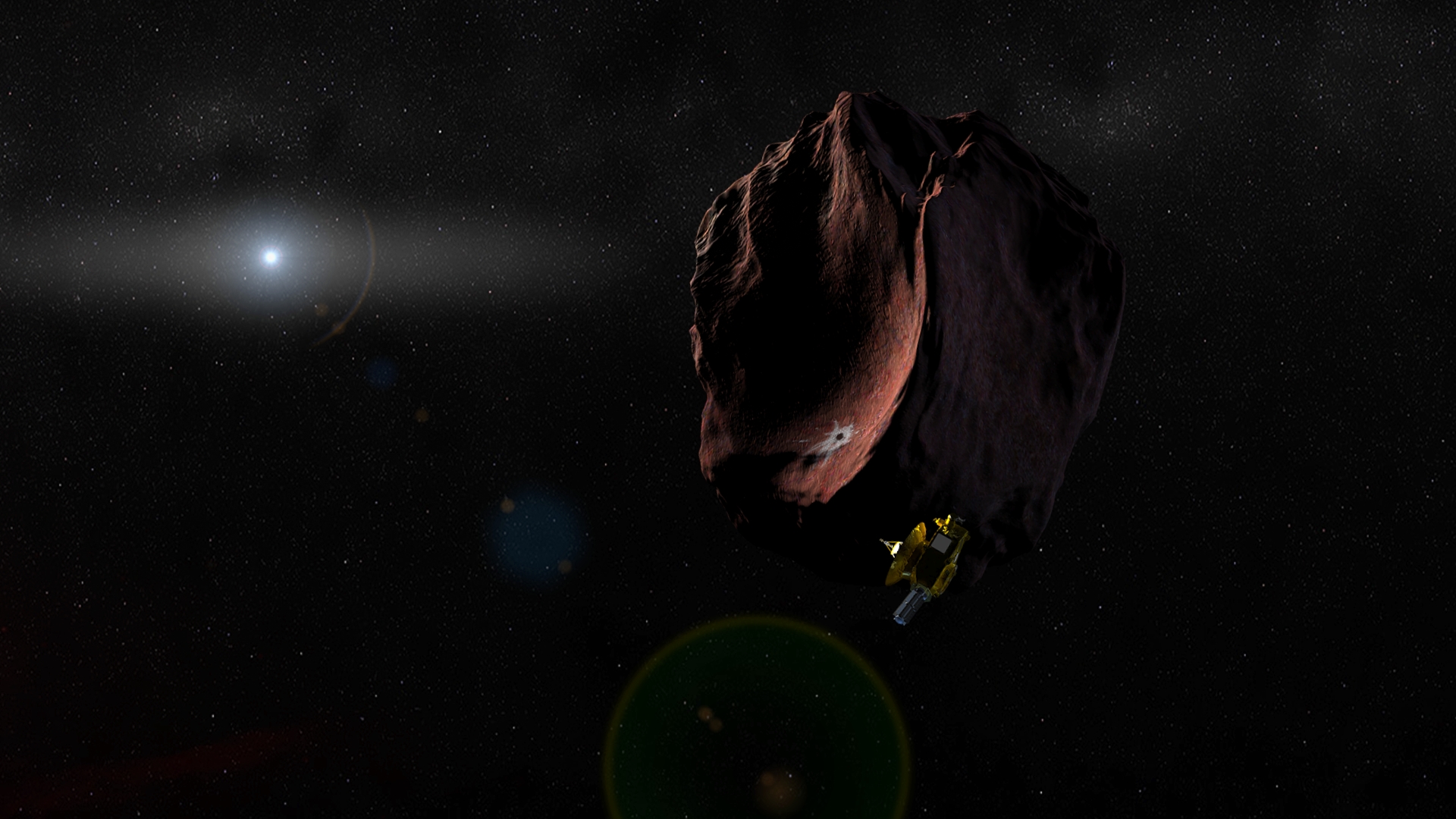Earth is a geologically active planet, which means it has plate tectonics and volcanic eruptions that have not ceased. This activity extends all the way to the core, where action between a liquid outer core and a solid inner core generates a planetary magnetic field. In comparison, Mars is an almost perfect example of a “stagnant lid” planet, where geological activity billions of years ago and the surface has remained stagnant ever since.
But as indicated by the many mountains on Mars, which includes the tallest in the Solar System (Olympus Mons), the planet was once a hotbed of volcanic activity. And according to a recent NASA-supported study, there is evidence that thousands of “super-eruptions” happened in the Arabia Terra region in northern Mars 4 billion years ago. These eruptions occurred over the course of 500-million years and had a drastic effect on the Martian climate.
Continue reading “Although it’s Quiet Today, Mars Once had Thousands of Volcanic Eruptions on its Surface”


